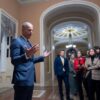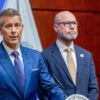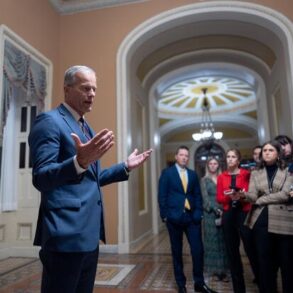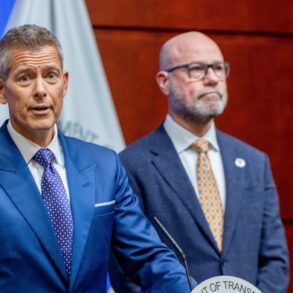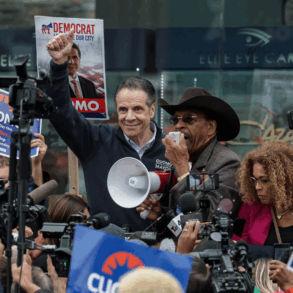On June 9, 2025, NATO Secretary General Mark Rutte delivered a powerful speech at the Chatham House think tank in London, urging NATO member countries to increase their air and missile defenses by a staggering 400 percent. This bold proposal comes as tensions rise due to Russia’s ongoing war in Ukraine and growing concerns about global security.
Rutte, who became NATO’s leader in October 2024 after serving as the Dutch prime minister, emphasized the need for a “quantum leap” in collective defense to ensure the alliance remains strong and credible. “We see in Ukraine how Russia delivers terror from above, so we will strengthen the shield that protects our skies,” he stated, highlighting the urgency of upgrading NATO’s defenses. The call for action is driven by fears that Russia could pose a serious threat to NATO members in the coming years, with some experts warning of a potential attack as early as 2029.
To achieve this, Rutte outlined the need for not just more air and missile defense systems, but also thousands of additional armored vehicles, millions more artillery shells, and a doubling of support systems like logistics and medical services. He stressed that NATO’s current capabilities are not enough, pointing out shortages in tanks, command systems, and long-range weapons. “Wishful thinking will not keep us safe,” Rutte warned. “Hope is not a strategy.”
The push for increased defense spending stems from a demand by U.S. President Donald Trump, who has called for NATO members to spend 5 percent of their GDP on defense—a significant jump from the current 2 percent target. Right now, no country meets this goal, with Poland coming closest at 4.12 percent. Many nations, including Spain, Italy, and Canada, still fall short of the 2 percent mark. Rutte has proposed a two-part plan: 3.5 percent of GDP for core military capabilities and an additional 1.5 percent for infrastructure like roads and airfields. While some Eastern European countries want faster action, others argue the timeline is too ambitious given their economies.
Rutte’s speech has already sparked controversy. Russia’s Kremlin dismissed the plan as an excuse to “siphon off taxpayers’ money” under the guise of an “ephemeral threat.” Meanwhile, NATO allies like the UK and Germany are taking steps to boost their defenses. The UK has promised to raise spending to 2.5 percent of GDP by 2027 and 3 percent by 2034, while Germany estimates needing 50,000 to 60,000 more soldiers to meet NATO’s new targets.
As NATO prepares for a major summit in The Hague later this month, Rutte’s call for a stronger, more prepared alliance signals a critical moment. With global tensions rising and the war in Ukraine showing no signs of slowing, NATO’s push for a massive defense upgrade reflects the challenges of a rapidly changing world. “We cannot dream away the danger,” Rutte said, urging member nations to act swiftly to protect their skies and their people.
